22 Car Myths That Mechanics Are Tired of Hearing
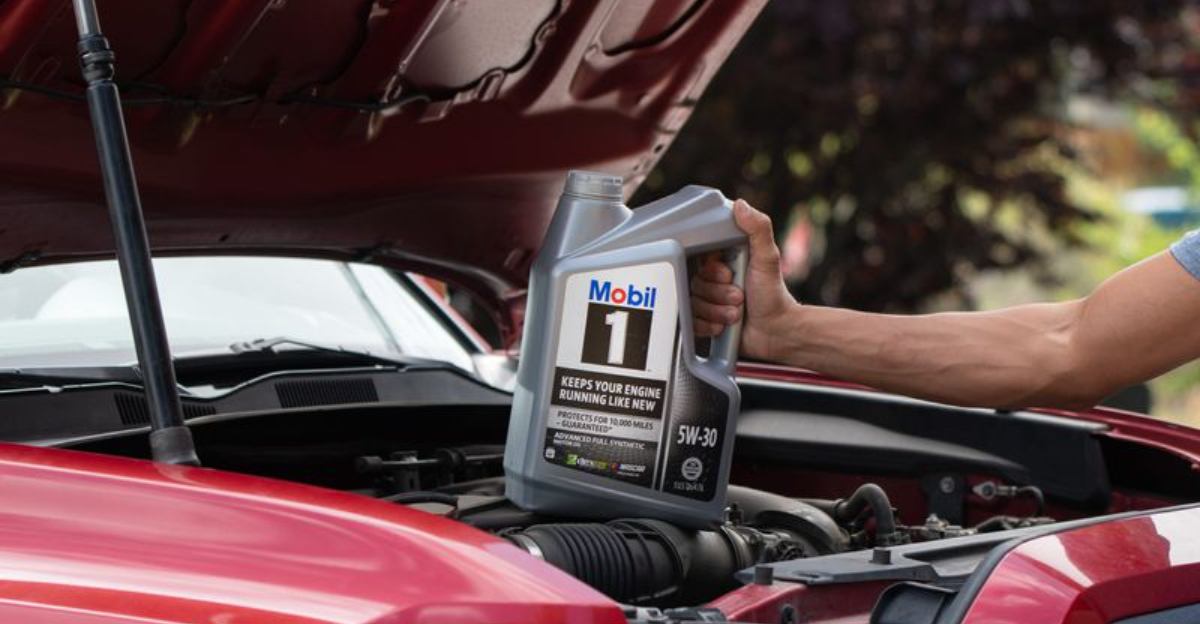
We’ve all heard them: those strange car myths that sound plausible but are, in reality, the automotive equivalent of urban legends.
As much as we’d love for some of them to be true (we’re looking at you, “premium gas makes your car run better” myth), mechanics hear these myths so often they’ve practically memorized their responses.
So it’s time to set the record straight and debunk 22 of the most persistent myths that have mechanics shaking their heads.
1. Premium Gas Will Make My Car Run Better
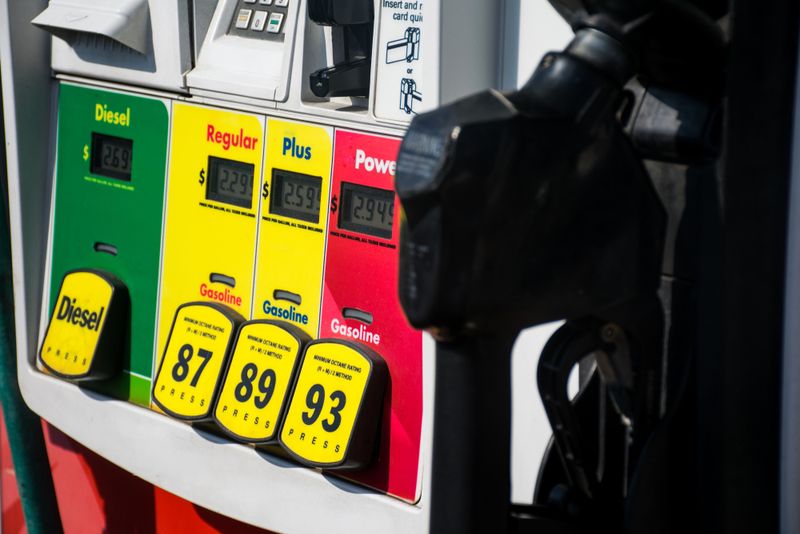
Sorry, unless your vehicle specifically requires premium gas (looking at you, luxury sports cars), filling up with the pricey stuff is just burning your money.
Most cars are designed to run perfectly fine with regular octane fuel. Your wallet will thank you for sticking to the basics.
2. You Should Always Warm Up Your Car for a Few Minutes Before Driving
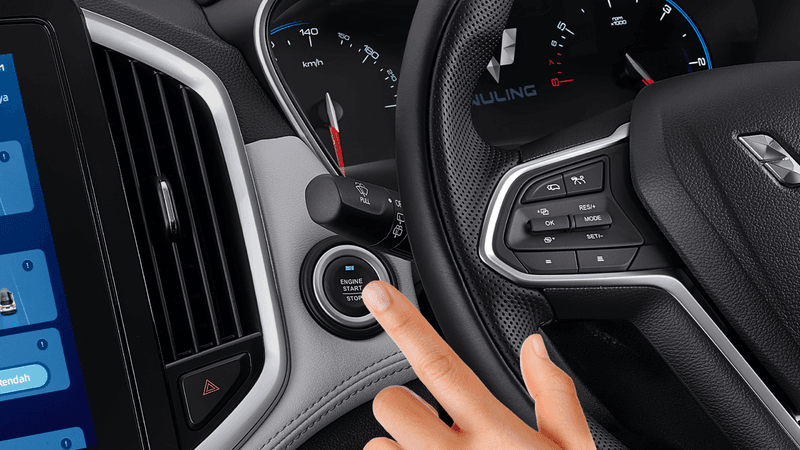
Back in the day, cars did need some time to warm up before hitting the road, but modern engines are designed to be driven immediately.
Idling for too long can squander gas and cause unnecessary engine wear. Start driving—the vehicle will warm up faster that way.
3. If My Check Engine Light Comes On, It Means I Need a New Engine
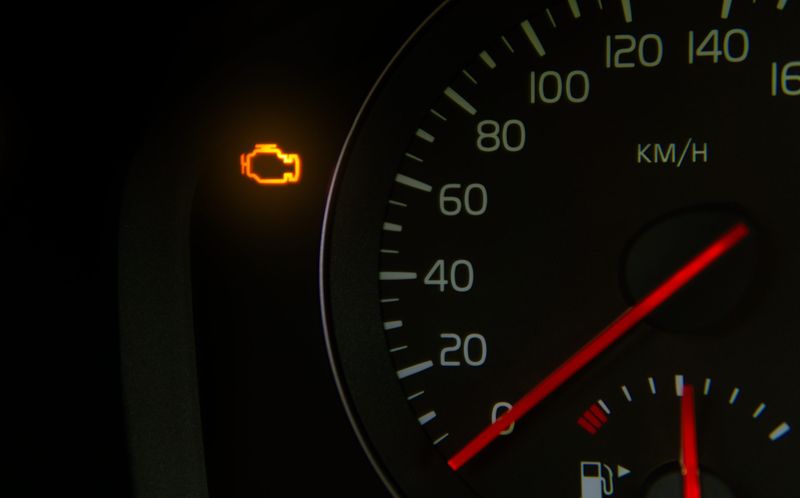
This one’s a classic! The check engine light is a broad warning sign that could mean anything from a loose gas cap to a serious engine issue.
Don’t assume the worst right away. A quick diagnostic from your mechanic will tell you exactly what’s wrong (hopefully nothing too dramatic!).
4. The More Expensive the Oil, the Better for My Car
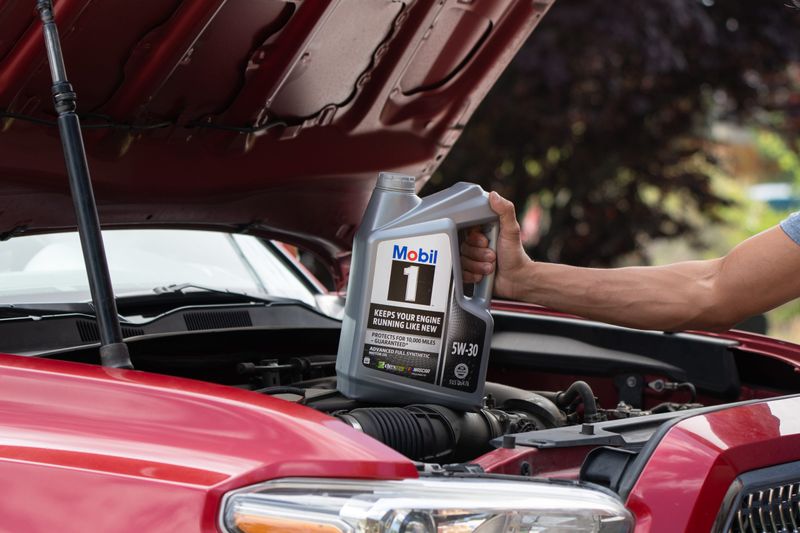
While high-quality oil is important, the price tag doesn’t necessarily mean the engine will perform better. Stick to the manufacturer’s recommended oil type, and don’t squander money on premium oils unless your vehicle actually needs it.
More expensive oil doesn’t equal more horsepower.
5. You Should Change Your Oil Every 3,000 Miles
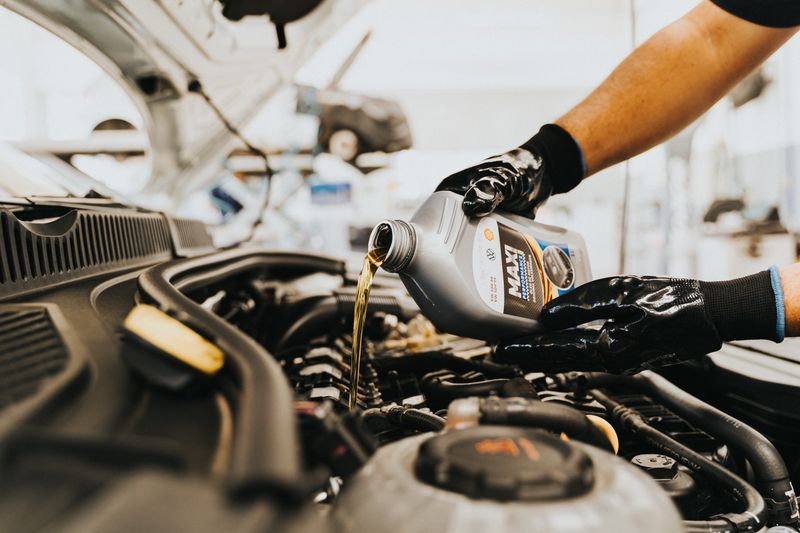
This one’s been drilled into us for decades, but with modern oils and more advanced engines, many cars now recommend oil changes every 5,000 to 7,500 miles.
Always check your car’s owner manual for the correct interval—it’ll save you time and money.
6. Driving with the AC On Uses Too Much Gas
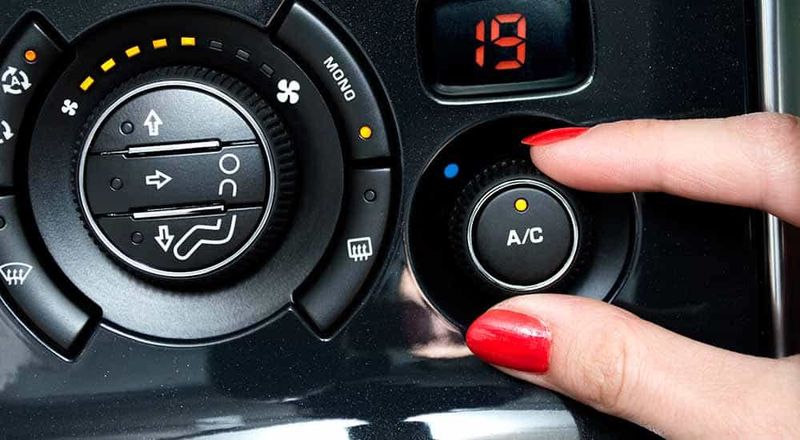
Many drivers fear their fuel efficiency will plummet as soon as they turn on the AC. While it does put a strain on the engine, it’s actually not as bad as people think.
In fact, at higher speeds, using the AC may not even make much of a difference. It’s the stop-and-go traffic that can drain your fuel efficiency.
7. A Car Battery Will Run Out Faster If I Leave the Lights On
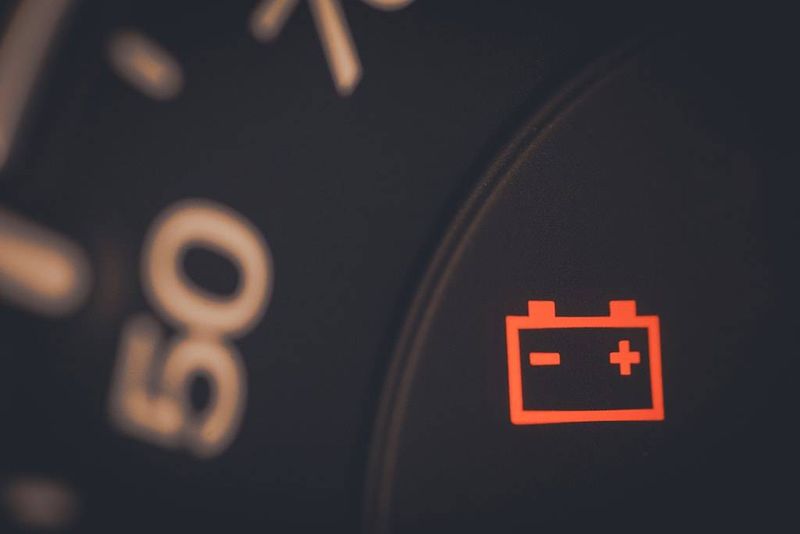
Leaving your headlights on can drain a battery, but modern car batteries are designed to withstand it for a while.
Your battery is far more likely to fail due to old age or electrical issues than from a few hours of forgotten headlights.
8. If I Put in More Coolant, It Will Fix Overheating
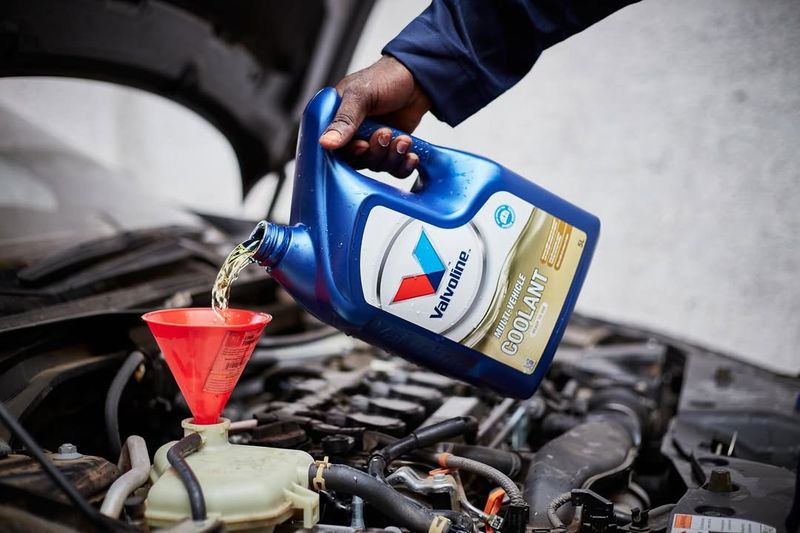
Coolant levels are important, but they’re not a quick fix for an overheating engine. If your car is constantly running hot, it could be due to a more serious issue like a malfunctioning thermostat, water pump, or radiator.
Dumping in more coolant might only mask the real problem.
9. Manual Transmissions Last Longer Than Automatics
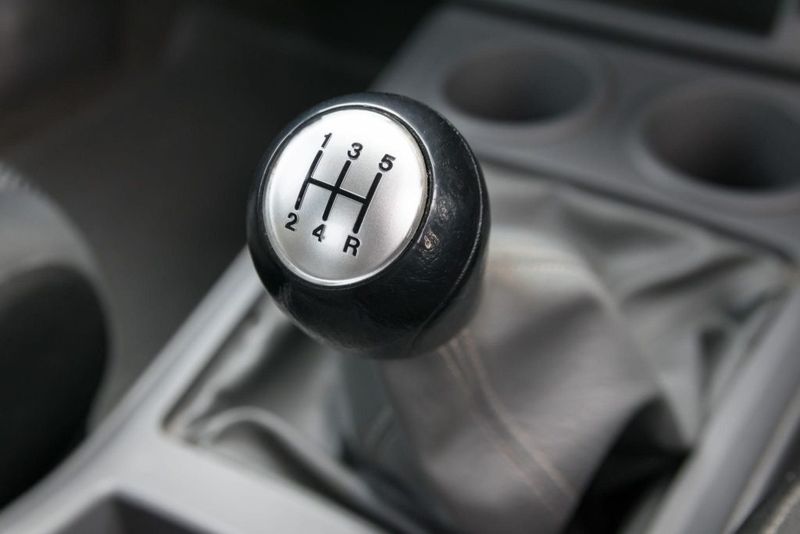
There’s this myth that manual transmissions are indestructible and automatic transmissions will always break down sooner. In reality, both types can last a long time with proper maintenance.
An automatic transmission requires regular fluid changes just like a manual requires a clutch replacement.
10. You Need to Replace Brake Pads Every 10,000 Miles
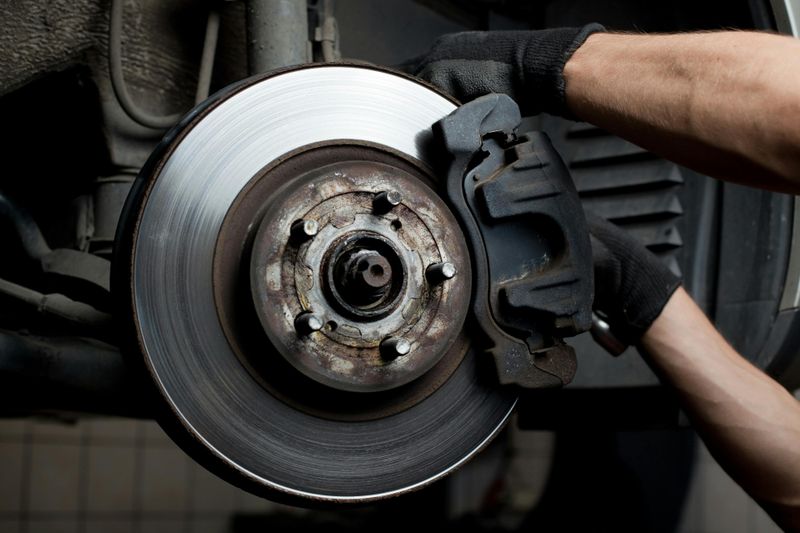
Brake pads do wear down over time, but the idea that they need to be replaced every 10,000 miles is a bit of an exaggeration.
Depending on your driving habits and the type of brake pads you use, they could last anywhere from 20,000 to 70,000 miles.
11. Rotating Your Tires Is Optional
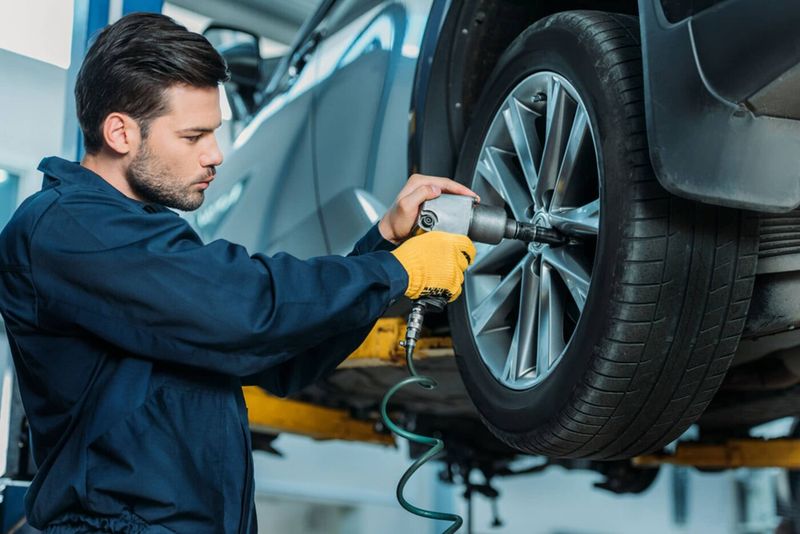
Many drivers think that tire rotation is something you can skip until there’s a problem. However, rotating your tires regularly is essential for ensuring even wear and extending the lifespan of your tires.
Skipping rotations might lead to premature tire replacement or unsafe handling.
12. You Shouldn’t Drive Your Car in the Rain With the Top Down

Many people swear that driving a convertible in the rain is a no-go, but most modern convertibles are designed to handle light rain without issue.
As long as the roof seals properly, a little drizzle won’t destroy your interior. Just don’t push your luck in a downpour!
13. You Can’t Wash Your Car in the Winter
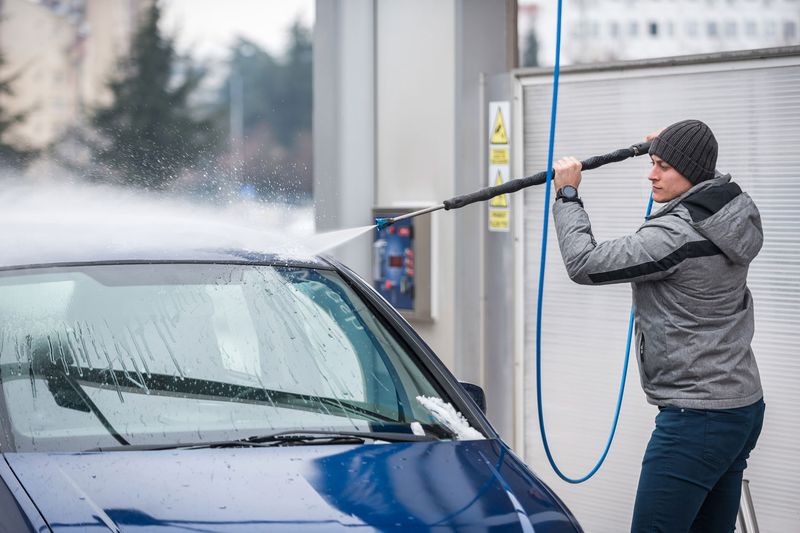
People think washing their car in the winter will cause it to rust faster, but that’s not the case. In fact, washing your car regularly in winter is actually a good idea to remove salt and grime that can lead to rust.
Just make sure to dry it off properly to avoid freezing issues.
14. My Car’s Exhaust System Doesn’t Need Any Maintenance
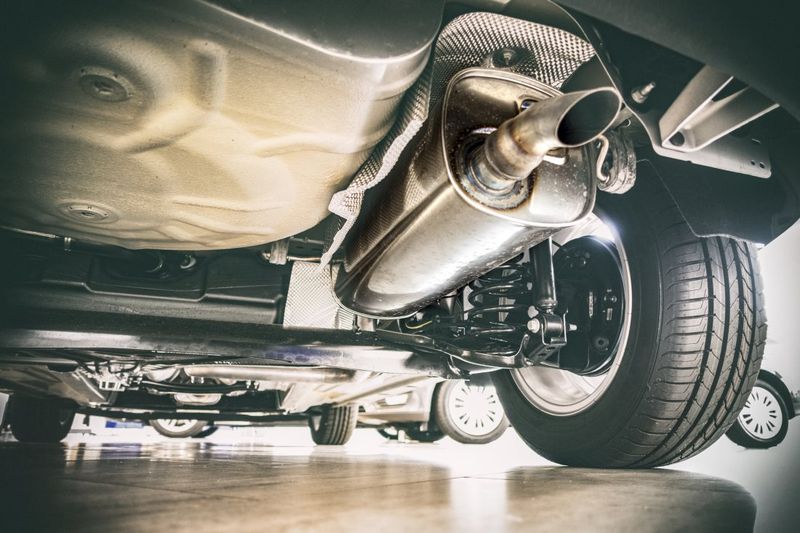
The exhaust system is often overlooked, but it actually needs maintenance just like any other part of your car. Over time, the components can rust, become clogged, or even wear out.
A well-maintained exhaust system keeps your engine running smoothly and reduces harmful emissions.
15. The Bigger the Car, the Safer It Is
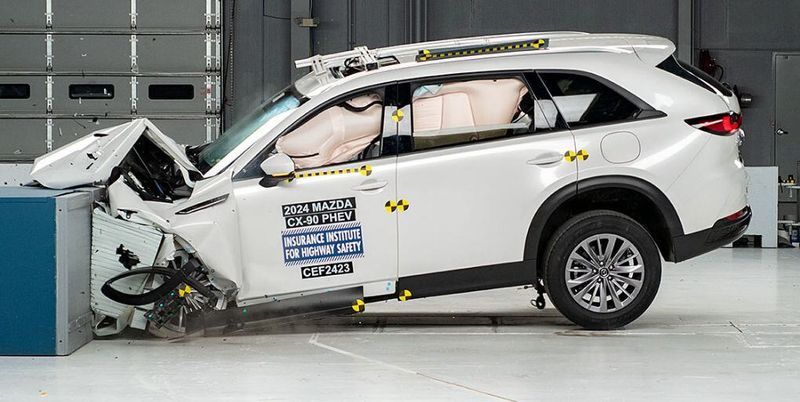
Sure, larger cars might have a bit of a size advantage in certain accidents, but it’s not a guarantee of safety. Modern safety features like airbags, anti-lock brakes, and crash-test ratings have made even compact cars incredibly safe.
Don’t rely on the size of your vehicle to protect you—it’s the tech inside that counts.
16. You Only Need to Change Your Air Filter Once a Year
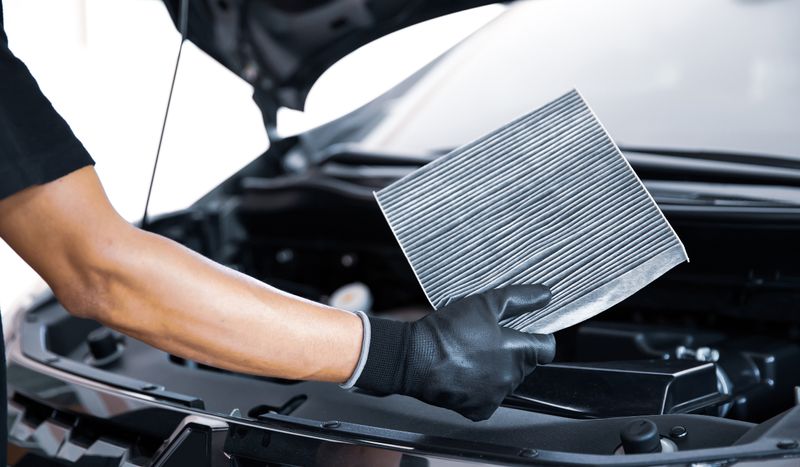
Air filters can get clogged faster than you might think, especially if you drive in dusty or dirty conditions.
While many car manuals suggest changing the air filter annually, it’s best to check it every 12,000 to 15,000 miles and change it when it’s dirty to keep your engine running at peak efficiency.
17. You Can’t Drive Your Car With the Check Tire Pressure Light On
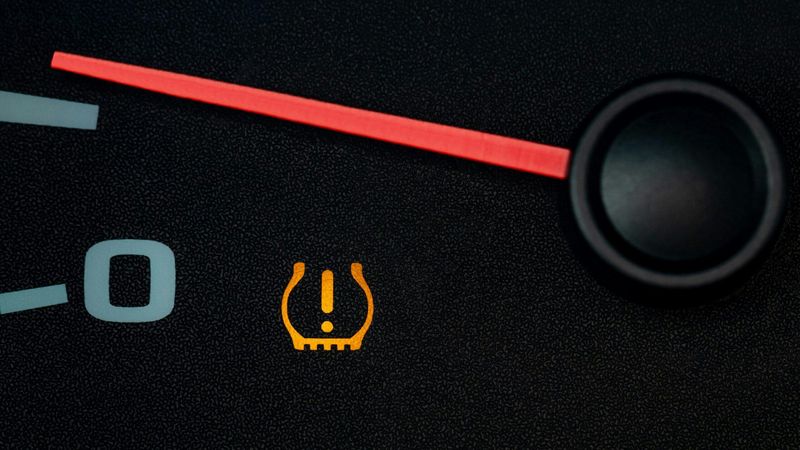
The tire pressure light doesn’t always mean you’re in immediate danger. It could simply be due to temperature changes or slightly underinflated tires.
Of course, you should check your tire pressure soon, but it’s not a sign that your tires are about to explode.
18. Luxury Cars Never Need Maintenance
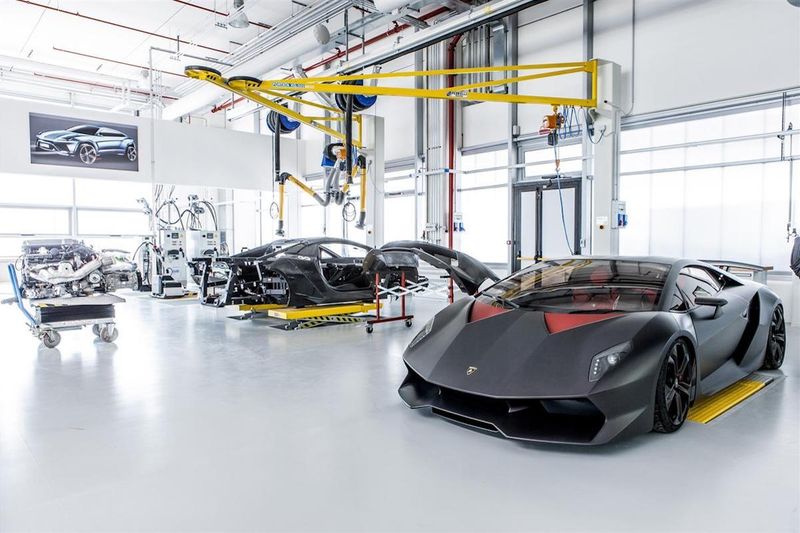
While luxury cars may come with fancy features and a higher price tag, they’re not immune to the wear and tear that affects any vehicle. In fact, luxury cars often require specialized maintenance and repair, which can come with a higher price tag too.
Don’t assume that just because it’s expensive, it’s indestructible.
19. If Your Car Is Burning Oil, It’s Time for a New Engine
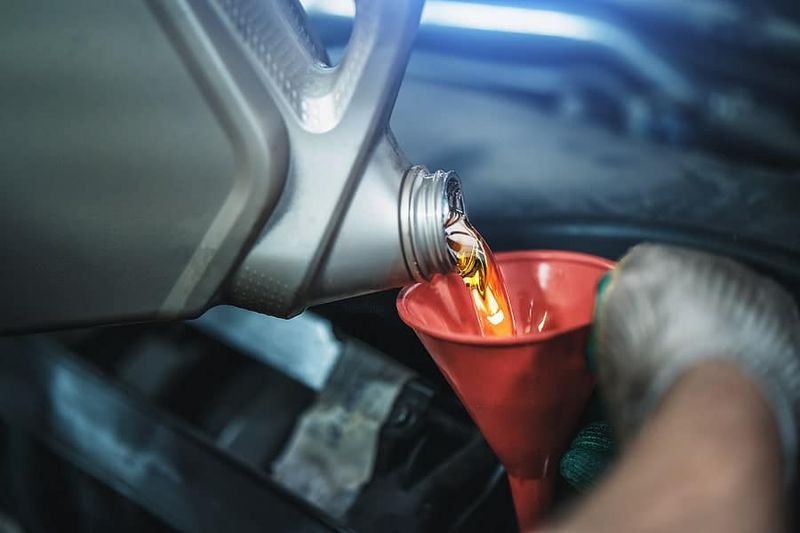
Some older cars may burn a little oil as they age, and while it’s not ideal, it doesn’t necessarily mean the engine is doomed. Often, regular oil changes and a few minor repairs can keep things running smoothly.
Just be sure to keep an eye on the oil level and top it off when needed.
20. A Car’s Transmission Is Always a Major Repair if Something Goes Wrong
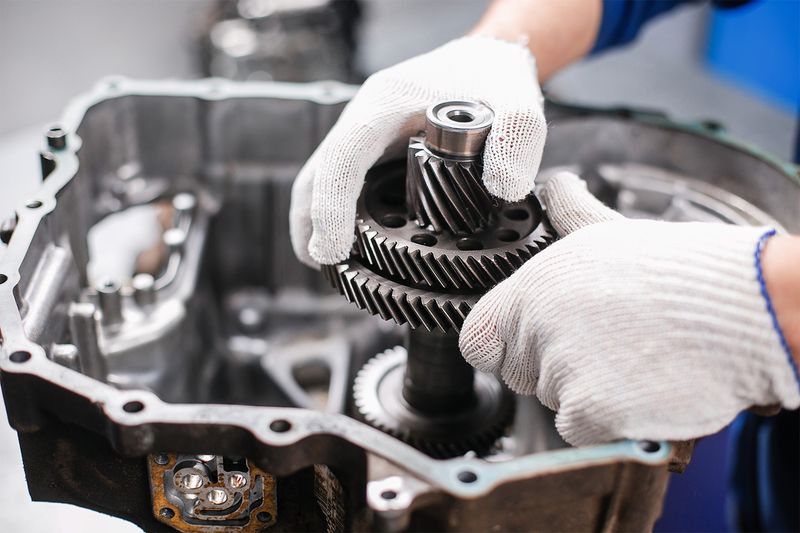
The word “transmission” strikes fear in the hearts of many car owners, but not every transmission issue is the end your car. Small issues can often be resolved without replacing the whole transmission.
Regular maintenance and early diagnosis are key to preventing costly repairs.
21. Using Your Brakes Hard Will Wear Them Out Faster
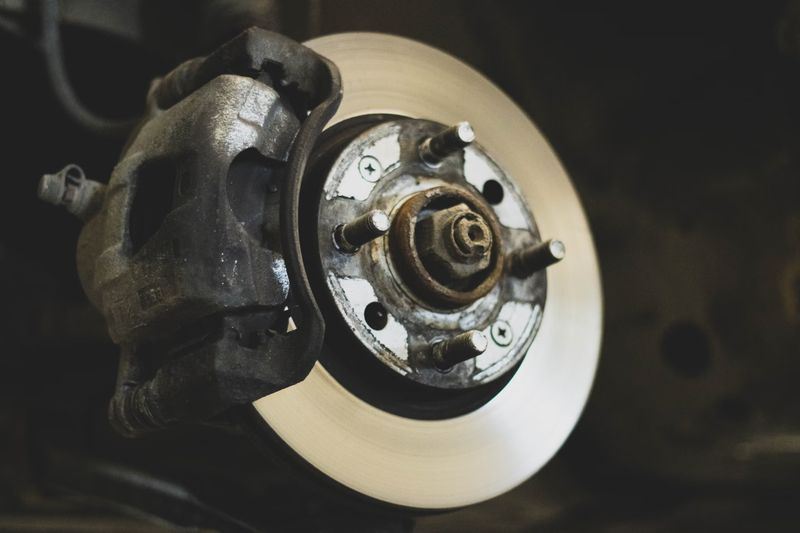
While it’s true that aggressive braking can wear down brake pads more quickly, moderate, firm braking isn’t a problem. In fact, riding the brakes lightly all the time can cause more damage.
Brake pads wear out as part of their natural function, but driving sensibly can extend their life.
22. If You Don’t Use Your Car for a While, You Should Start It Regularly
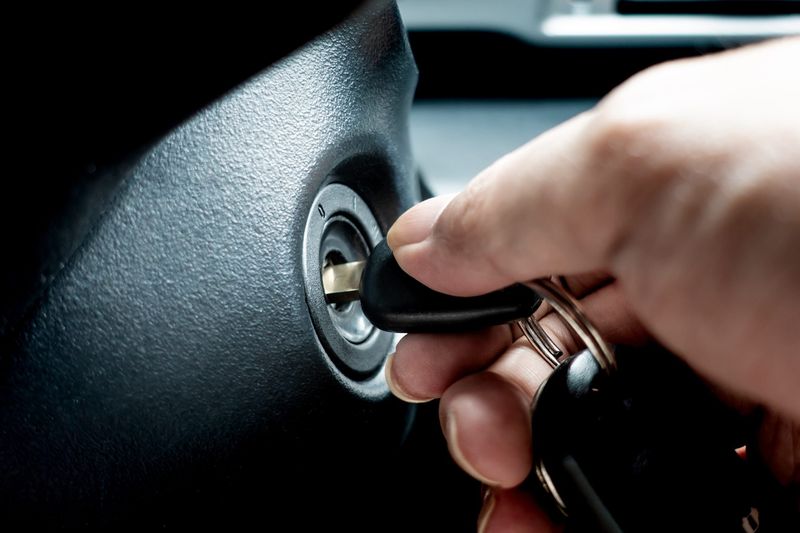
It might sound like common sense, but starting your car every week isn’t always helpful. In fact, it can lead to engine wear, especially if you don’t let it run long enough to reach operating temperature.
The best option is to use your car regularly, or, if it’s going to be parked for a while, consider using a battery maintainer.
